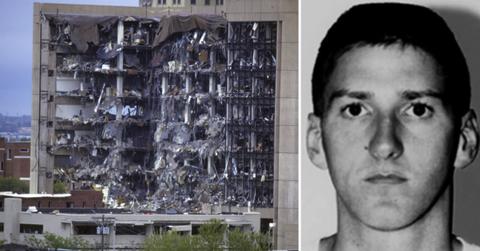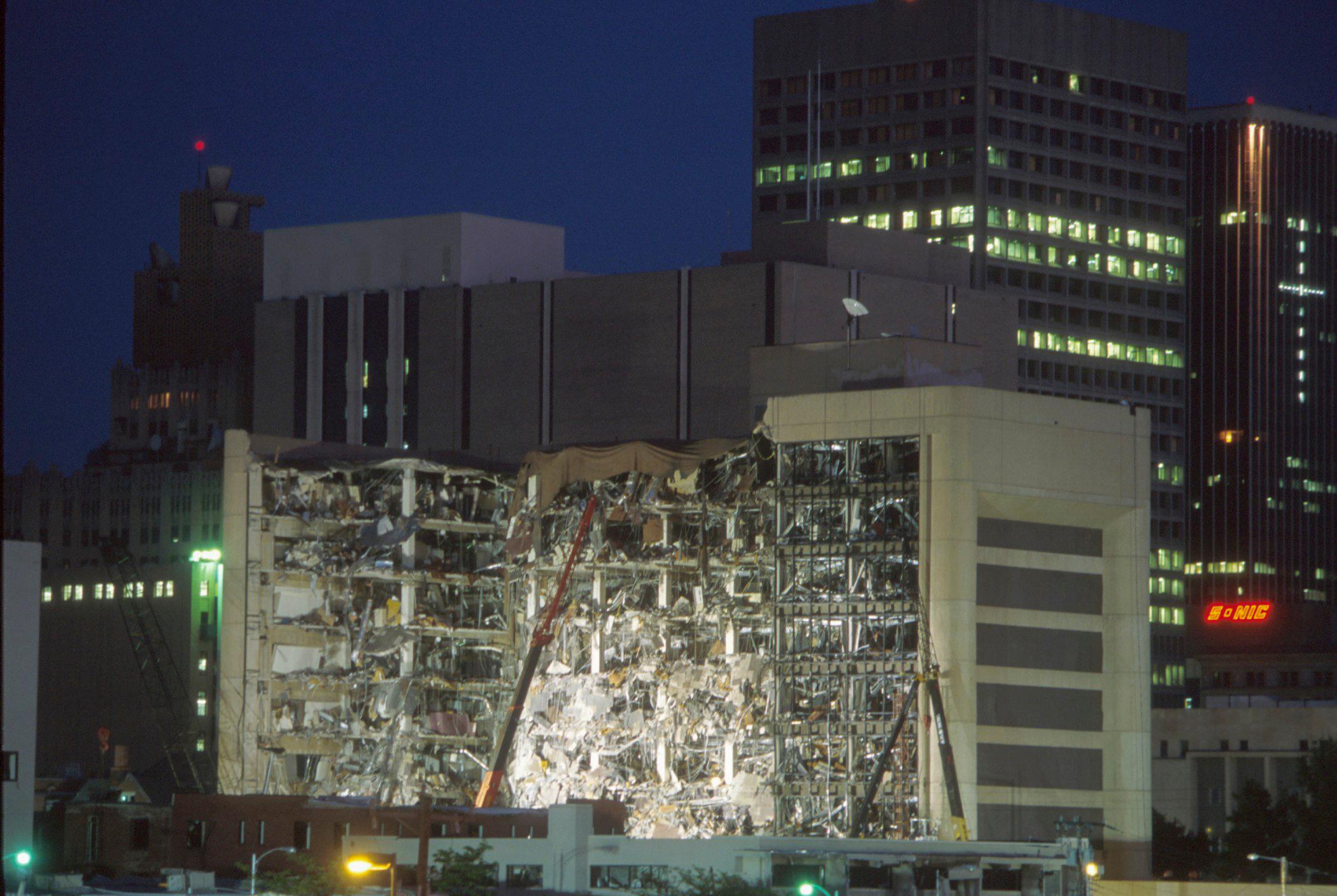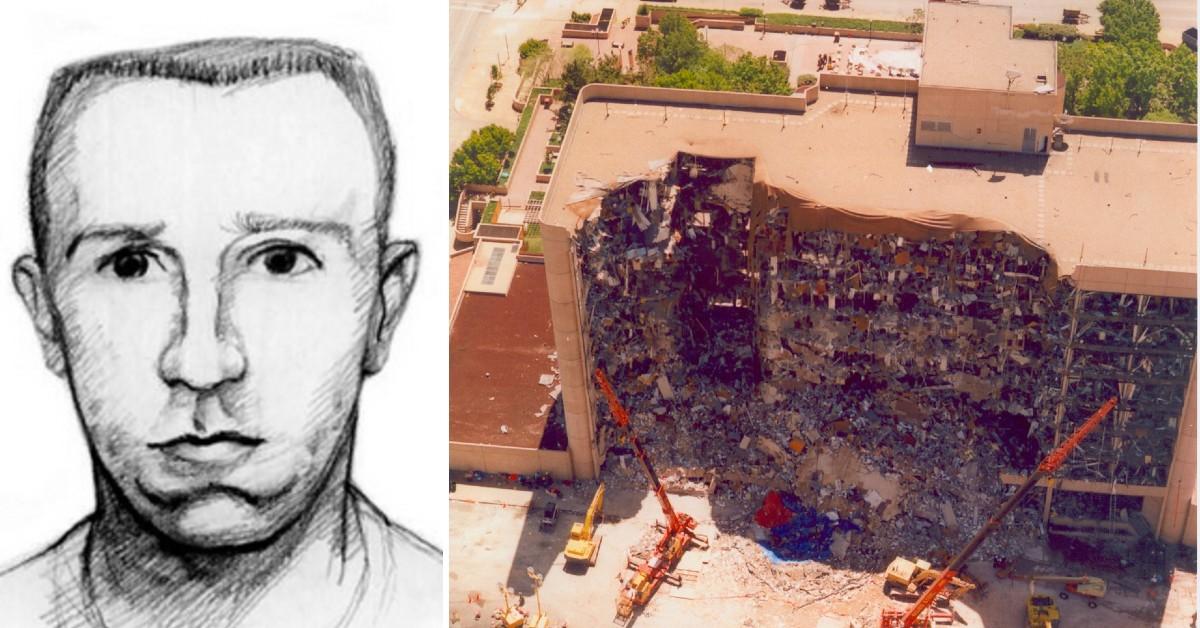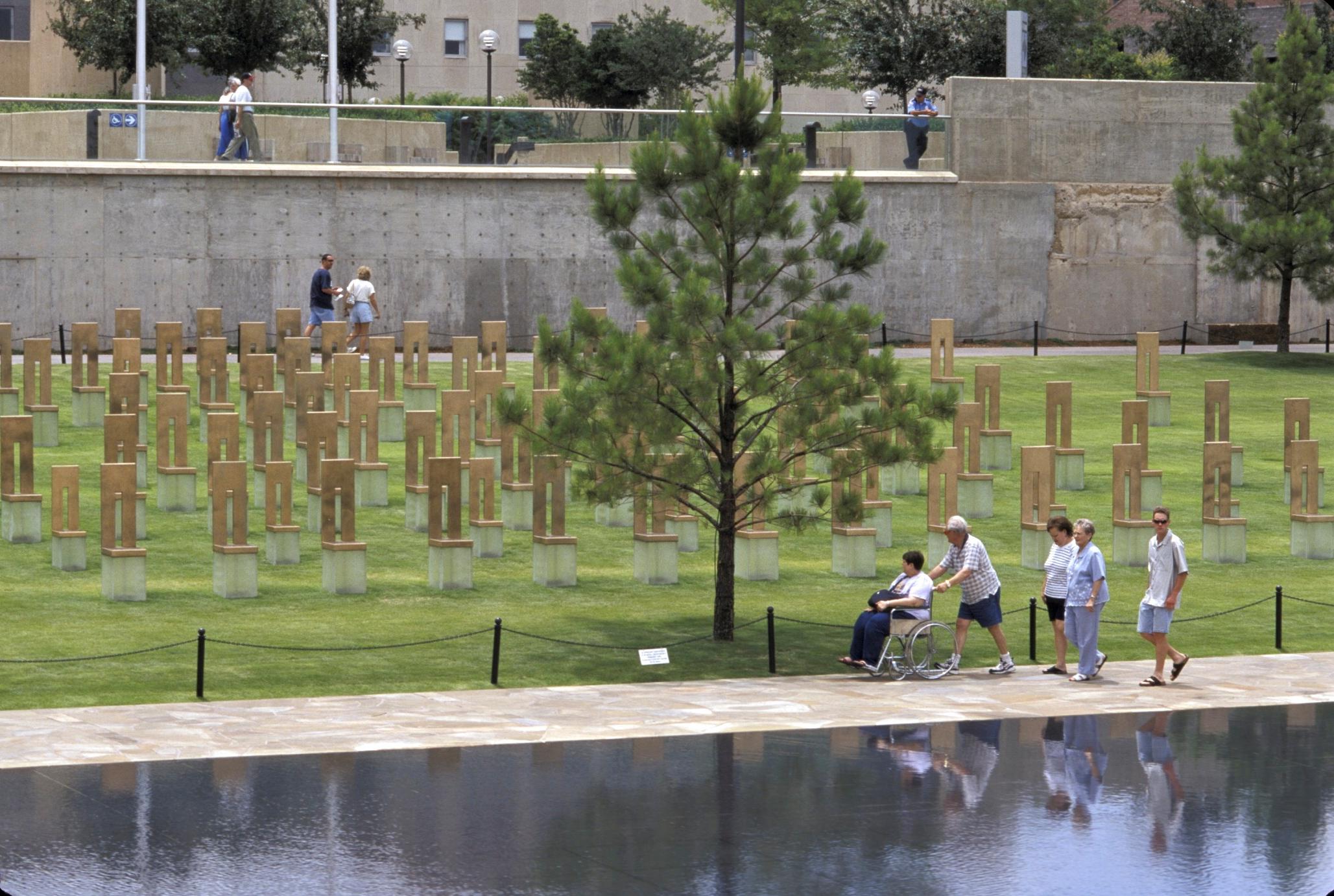'I have never seen any remorse': The case and trial against Oklahoma City bomber Timothy McVeigh

America is no stranger to domestic terrorist attacks. During the 1990s, one of the most notorious and deadliest attacks occurred in the nation, leading to an unforgettable trial still discussed to this day.
It’s the case of Timothy McVeigh and the Oklahoma City bombing.
On the morning of April 19, 1995, a truck bomb planted by McVeigh exploded at the Alfred P. Murrah Federal Building. The explosion instantly killed 100 people and injured over 600 more. According to History, after a two-week rescue, the death toll rose to 168, which included 19 kids who were at the daycare center within the building.
The images of the victims and the half-standing building were etched into America’s collective mind. Large-scale terrorism was usually in big cities, not Oklahoma. The threat became real to many.
It wasn’t a spontaneous attack. It was planned and McVeigh’s anger had been building for years.
McVeigh was angered and disappointed in the government’s handling of Ruby Ridge and Waco in 1992 and 1993. Waco involved deadly gunfire between the Bureau of Alcohol, Tobacco and Firearms and a cult led by David Koresh. Nobody knows who fired first, federal agents or Koresh’s followers, but the result was a massive fire and 76 dead.
There was outrage over how the federal government handled the incident and the raid. During the siege at Waco, McVeigh drove down to Texas to witness the event, fueling his desire to fight back against the government. The former U.S. Army soldier, McVeigh, began to plan his retaliation.
McVeigh conspired his plan with Terry Nichols, a former soldier who served with McVeigh. Michael Fortier is another former soldier who did not assist in planning the attack with McVeigh and Nichols but was aware of when and where the bombing would happen.
Around 9 a.m. on April 19, 1995, McVeigh drove a Ryder truck containing the bomb towards the building and lit the fuse. He took off and left the truck in a drop-off zone. At 9:02 a.m., the 4,800-pound bomb exploded on the north side of the building.

The federal building in Oklahoma City after the bombing.
Immediately after the deadly attack, the search for the terrorists began. While driving away from the scene in his getaway car, police in Oklahoma pulled over McVeigh for a license plate violation. After searching his vehicle, police discovered an illegal weapon in the vehicle, leading to McVeigh’s arrest for carrying an unregistered concealed weapon.
Two days later, federal authorities retrieved McVeigh from the jail after connecting him and Nichols to the bombing. Nichols turned himself into the police on the same day. A court indicted the two suspects on numerous federal charges in August 1995.

A sketch of the suspect released after the Oklahoma City bombing.
McVeigh’s trial began in April 1997, lasting one month. According to Britannica, former Attorney General Janet Reno stated the government sought the death penalty for McVeigh and Nichols for their attack.
McVeigh’s trial was moved from Oklahoma City to Denver because of the pretrial publicity and anger that still resided in the state from the attack. It was the biggest trial in America since the O.J. Simpson’s case. Given McVeigh’s believes and support of conspiracy theories by the government, there was a belief the trial would be a spectacle.
The suspect wanted his lawyers to use a defense that included the allegations that McVeigh faced an immediate threat from the government, and he had to attack to protect himself. But they refused.
While nearly 170 people were killed in the attack, McVeigh faced only eight counts of murder for the death of federal agents killed in the blast. He faced dozens of other charges as well.
The trial included the prosecution calling 137 witnesses and the defense calling 25 of its own. Florence Rogers worked in the building and testified, according to the Washington Post. She talked about how she walked into the office and was talking to co-workers when the bomb ripped through the building.
"I never saw them again," she said, according to the post.
Fortier, who was aware of McVeigh’s plan, testified against him to receive a reduced sentence in a plea deal.
After just a couple of days of deliberation, the jury reached a unanimous guilty verdict. On June 13, 1997, the jury recommended, and the judge backed, a death sentence for McVeigh.
"I want him to get the death penalty . . . because I have never seen any remorse from Tim McVeigh," said Jannie Coverdale, according to the post. Coverdale had two grandsons die in the blast.
Nichols received a life sentence for conspiracy and eight counts of involuntary manslaughter, according to Britannica.
A court sentenced Fortier to 12 years in prison plus a $200,00 fine for not reporting McVeigh. On Jan. 26, 2006, Fortier was released after serving 11 years in prison.

The Oklahoma City bombing memorial.
The verdict wasn’t the end of the legal process for McVeigh. Like others sentenced to death, he went through a series of appeals, and in 1999 the U.S. Supreme Court declined his efforts. McVeigh also wanted his execution broadcast on national television, which was denied.
McVeigh was housed at the U.S. Prison Supermax facility in Colorado with other notorious killers until he was transferred to federal death row in Indiana in 1999.
His first execution date was delayed after new evidence was provided to his lawyers. The reschedule execution, a month later, would not be altered. McVeigh’s last meal was two pints of mint chocolate chip ice cream. On June 11, McVeigh had William Ernest Henley’s “Invictus” poem read as his final words, according to reports. McVeigh died by lethal injection at 7:14 a.m.
After years of railing about the government and his unthinkable attack on civilians, McVeigh’s death was the first federal execution in more than 40 years.
Become a Front Page Detective
Sign up to receive breaking
Front Page Detectives
news and exclusive investigations.
